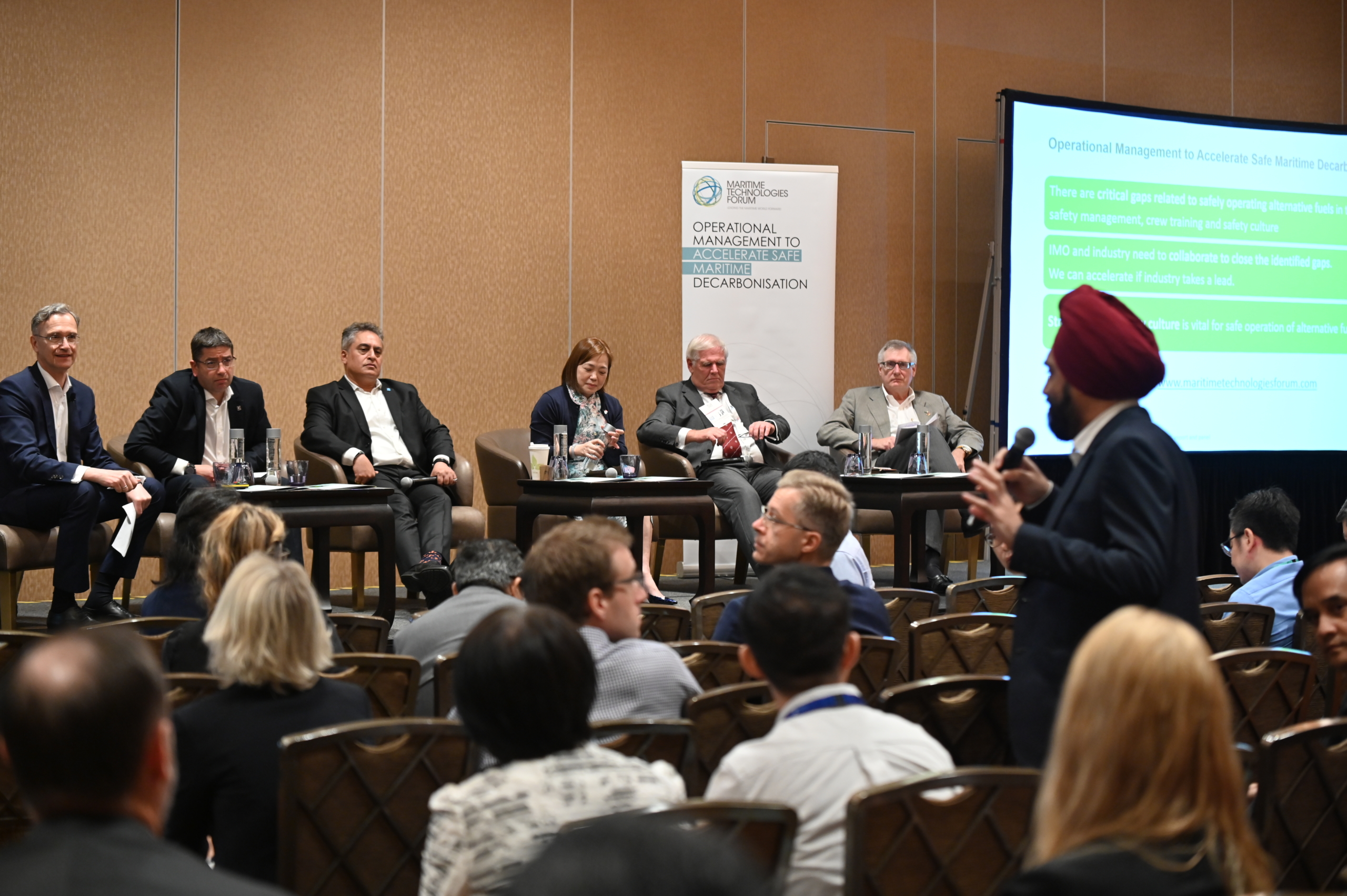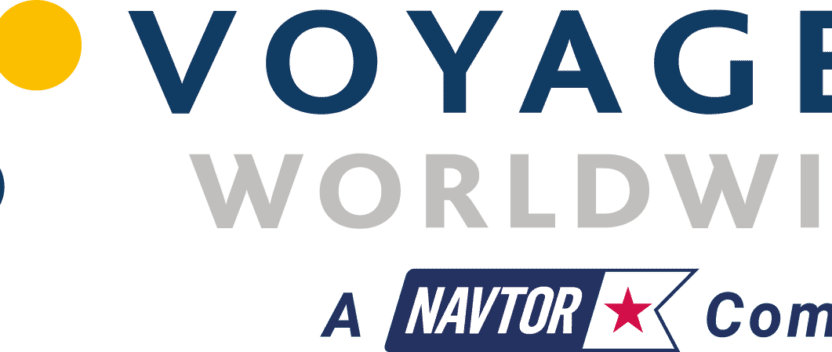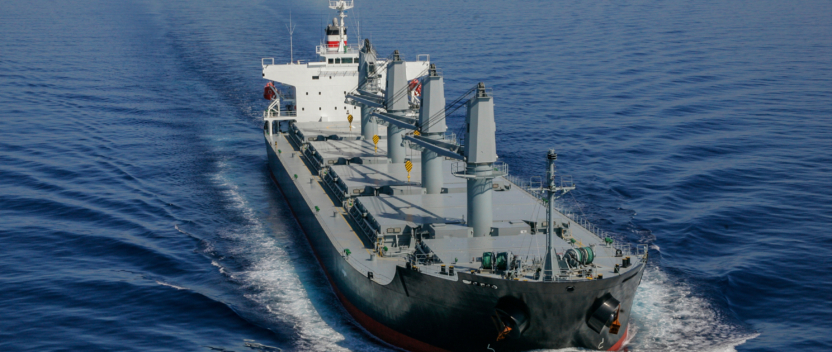Work in progress: making the energy transition safe

We know that the industry is embarked on a long voyage towards lower carbon operations and any remaining doubters at the recent Singapore Maritime Week would have swiftly been converted. But there are big questions around this apparently simple premise: what will it cost, how long will it take and is it safe?
With the exceptions of LNG and increasingly Methanol, there is no large scale experience with using alternative fuels onboard. The toxicity of ammonia, the explosive risk of hydrogen, as well as the potential of ‘new nuclear’ to transform shipping mean all alternatives come freighted with risk.
This realisation is behind the formation of the Maritime Technologies Forum, a collaborative group of class societies and flag states whose mission is to figure out the gaps in current regulation and what needs to change in order to protect crew and the environment as new fuels come onboard ship.
The MTF is exactly what people mean when they call for collaboration and the scale of the challenge was clear from a panel convened in Singapore drawing together owners, class and industry associations to debate the findings of MTF’s latest report.
The panel found a genuine consensus on the need for change to existing regulation, but the detail on how this would happen and the process of adaptation for crew remains the subject of further debate.
Caroline Yang, Singapore Shipping Association President pointed to the shipping industry’s adaptability in absorbing new ideas and technology, but clearly felt that the responsibility should be shared.
“Crew can be trained but I do feel that when engine suppliers come up with the designs, they will also have to come up with the first layer of [safety] scenarios that they see,” she suggested.
The resilience of the industry means owners will generate the necessary training courses and applicable standards to help the crew make the switch but as a bunker vessel operator, there is clearly concern about the risks that new fuels present.
Ninad Mhatre, Zeaborn Ship Management Managing Director looked forward to the development of best practice, through working with stakeholders including classification societies, flag states and scientific bodies. “These are issues we have to understand together because there are so many aspects to this, the learning curve is going to be steep,” he said.
He echoed Yang’s point about resilience but added “sometimes that is not enough. You need to be well informed. Whether it’s the risk of ammonia or the nature of LNG, we cannot look at these with conventional tools. When we are talking about Molten Salt [nuclear] reactors, the question is are we prepared [for new fuels]? The answer is no.”
Somehow the industry needs to manage the process by making highly complex and technical procedures simple, especially for crews who may lack a common language to a high standard. Both Yang and Mhatre had stories to share.
The latter speculated that since ships carrying LNG, ammonia or hydrogen are subject to the highest regulatory standards, then by extension these might also need to apply to ships consuming these commodities as fuel.
Yang for her part added that having spent time on her company’s Safety Management System document, she employed a specialist writer to edit and simplify the text to a level where her crews could understand it.
“I really wanted that book to be a document that my crew can understand and can learn from and follow step by step. We talk about building blocks and the question is how do we build those blocks of knowledge for the crew?”
The importance of the issue was underlined by ABS CEO Chris Wiernicki, who as leader of one of the world’s leading safety organisations thinks class is uniquely positioned to support the transition.
“This is a very important topic and I don’t think we’ve talked enough about it so I’m really happy that we are now in a position to begin to bring this to the forefront. At the end of the day, this is what class is all about. This is this is the value that class and flag can bring; that connectivity between technology regulations and safety,” he said. Wiernicki added that as shipping moved away from a static, single fuel environment towards a dynamic, multi-fuel environment, keeping safety at the centre of the business called for much greater preparation.
Experience has been gained along the way. With some 700 LNG dual fuel-capable ships on the water, Lloyd’s Register CEO Nick Brown suggested that alternative fuels are already upon us. The issue is that only a handful of these ships have been using gas as fuel over the last year given the skyrocketing price caused by the war in Ukraine. Are crew still familiar enough with the techniques to operate the ships safely he wondered.
“I have witnessed commissioning in shipyards and sea trials on dual fuel ships and it is easy to see how much extra equipment is there onboard, regardless of whether it’s an inland waterway vessel or one of the world’s biggest cargo vessels,” he said.
A huge amount of effort has been made by the industry in making those initial vessels safe, but Brown added that beyond baseline training, competence is the factor that needs most reinforcement.
John Lloyd, The Nautical Institute CEO put the regulatory picture in context and those of a nervous disposition should look away now. “We’re talking about urgency and the need of making changes to STCW [under which all seafarers need to meet minimum standards of competence]. Those things are simply incompatible.” The need for agility is undeniable but the challenge, in his opinion, is not to be completely dependent on regulators to achieve it.
“This is where leadership is important; leadership needs to come from industry stakeholders, by identifying the gaps we get to know the answers. We know it’s going to be expensive. We know there’s a vast number of seafarers that need training, but by not addressing that problem today and tomorrow, we’re making a bigger problem for the future,” he said.


